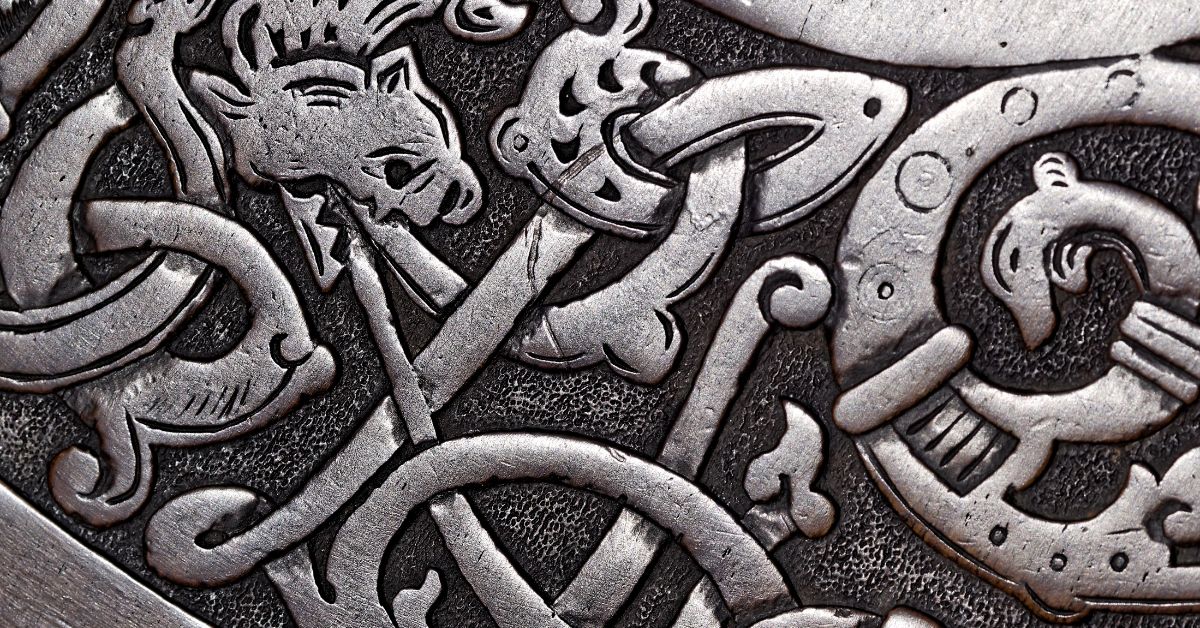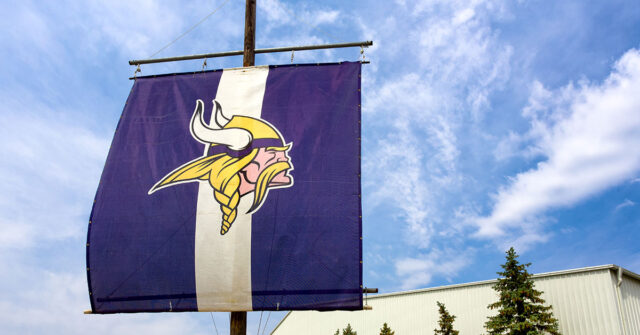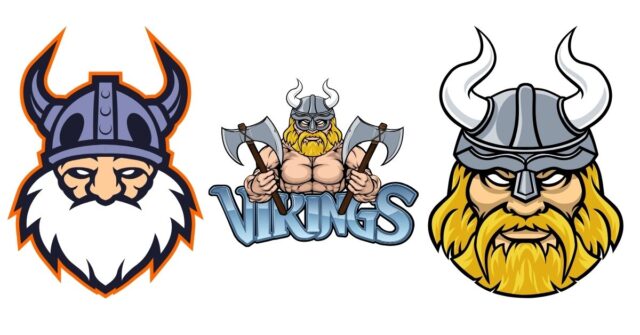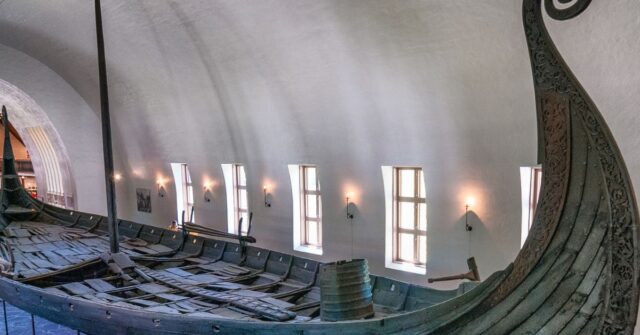The Vikings, known for their ferocity and navigational skills, left behind a legacy rich in symbolism.
This article delves into the profound depths of Viking symbols, exploring their historical origins and tracing their influence into the modern era.
Aimed at Viking enthusiasts, we endeavor to unravel the mysteries and unearth the continued relevance of these ancient icons in today’s world.
Introduction to Viking Culture and Symbolism
Viking culture is often remembered for its warriors and explorers, but it also possessed a rich tapestry of symbols that held significant power and meaning.
These symbols were not only artistic expressions but also representations of the Vikings’ beliefs and values, providing insight into their understanding of the world and the cosmos.


The Historical Context of Viking Symbols
The use of symbols in Viking society was multifaceted, with each icon carrying its own story and significance.
These symbols found expression in various forms, from the ornamentation of weaponry and armor to the intricate carvings on their mighty longships, illustrating a narrative that has transcended centuries.
Understanding Viking Aesthetics: More Than Just Art
Viking aesthetics, while visually striking, were deeply intertwined with Norse mythology and the daily lives of the Norse people.
Every curve and line of Viking artistry is steeped in a profound cosmological significance, offering more than mere decoration but a window into the Viking soul.
The Rich Tapestry of Viking Iconography
When we delve into Viking iconography, we uncover a world where every symbol holds a key to understanding the Norse way of life.
These symbols served as amulets of power, religious tokens, and even as a language through which they communicated their epic sagas.
Runes: The Viking Alphabet of Mystery
The runes were more than letters; they were potent symbols believed to hold magical powers.
The Elder Futhark, the oldest form of the runic alphabets, consisted of 24 characters, each a conduit of influence and meaning, used for divination, inscriptions, and talismans.
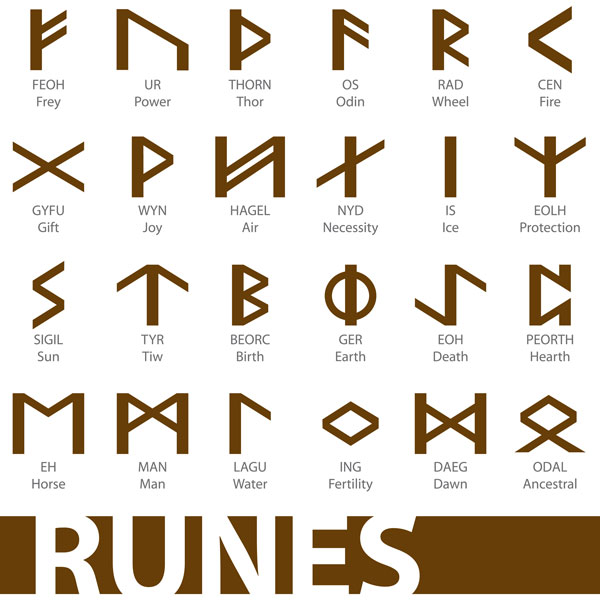

The Valknut: Knot of the Slain Warrior
The Valknut, characterized by its three interlocking triangles, is one of the most enigmatic Viking symbols.
It is often associated with the god Odin and is thought to represent the afterlife. Its exact meaning remains a topic of scholarly debate, illustrating the complexity of Viking iconography.
The Vegvísir: The Norse Compass for Spiritual Navigation
Often called the Viking compass, the Vegvísir was a symbol of guidance and protection.
It was believed that this symbol would help one find their way through rough weather, a sentiment that has translated into a metaphor for finding one’s path in life.
The Mjölnir: The Hammer of Thor
The hammer of Thor, Mjölnir, is arguably one of the most famous Viking symbols. Representing the god of thunder, this symbol was synonymous with divine power and protection from evil.
It remains a popular symbol of strength and is widely recognized across the world.
The Yggdrasil: The Tree of Life
Yggdrasil, the great ash tree, stood as the cosmic pillar in Norse cosmology.
Connecting the nine worlds, it was the symbol of the interconnectedness of all things, from the gods to man, to the creatures that lie beneath the earth.
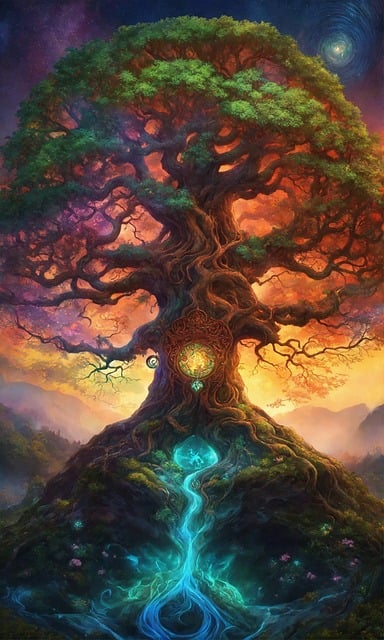

The Aegishjalmur: The Helm of Awe and Protection
The Aegishjalmur, or Helm of Awe, was a powerful symbol used by the Vikings for protection and victory.
Typically used in the context of warfare, it was believed to grant the wearer courage and intimidate enemies, and it continues to be a symbol of overcoming obstacles.
Modern Manifestations of Ancient Viking Symbols
In the modern world, Viking symbols have been adopted in various forms, from jewelry and tattoos to motifs in popular culture.
These symbols have transcended their ancient roots to become icons of resilience, adventure, and a connection to a storied past.
Viking Symbols in Contemporary Fashion
The bold designs of Viking symbols have found their way into the fashion industry, where they adorn clothing, accessories, and jewelry.
Their appeal lies in their historical mystique and the values they represent, such as bravery and freedom.
Viking Imagery in Modern Media and Entertainment
From blockbuster movies to video games, Viking imagery captivates audiences with its raw power and mythological depth.
The symbols are often woven into storylines, providing a touchstone to a culture that has been idealized and romanticized in contemporary narratives.
Spiritual and Esoteric Uses in Today’s Society
Interest is resurgent in the spiritual practices of the Vikings, where their symbols play a central role.
Many people today look to these ancient signs for personal guidance and as a means to connect with the natural world and the old Norse traditions.
The Commercialization of Viking Symbols
While the popularity of Viking symbols has brought them into the mainstream, it has also led to their commercialization.
This raises questions about the integrity of their use and the importance of understanding their true significance beyond mere decoration.
Understanding the Symbolic Meanings
To truly appreciate Viking symbols, one must delve into their symbolic meanings.
Each mark tells a story of the Norse pantheon, the natural world, and the Vikings’ beliefs about life and death, capturing a complex worldview that has stood the test of time.
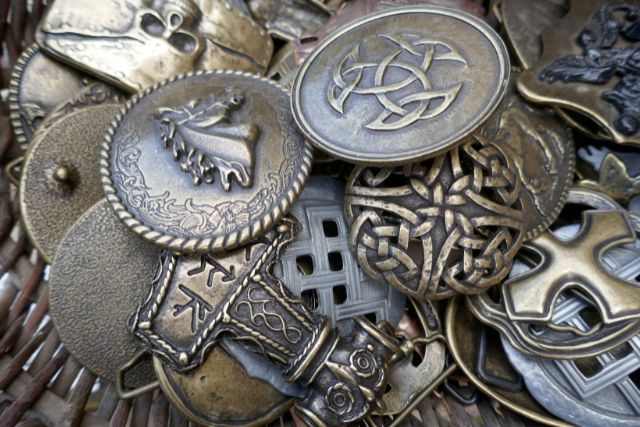

Interpreting Viking Symbols: Beyond the Aesthetic
Interpreting Viking symbols requires an understanding of the context in which they were used.
They were not mere illustrations but visual representations of a culture that valued honor, courage, and the mysteries of the universe.
Mythological and Historical Significance
The mythological and historical significance of Viking symbols is profound.
Each icon is a thread in the tapestry of Norse mythology, representing the deeds of gods and heroes, and reflecting the values and beliefs of the Viking age.
Connection to Norse Gods and Goddesses
The Viking symbols were closely connected to the Norse pantheon.
Gods like Odin, Thor, and Freyja were not only worshipped but also represented through various symbols, signifying their omnipresence and the reverence the Vikings had for the divine.
The Controversy Surrounding Modern Usage
The adoption of Viking symbols in modern times is not without controversy.
As these ancient marks find new life in various subcultures, they often become detached from their original meaning, leading to a complex dialogue about cultural heritage and identity.
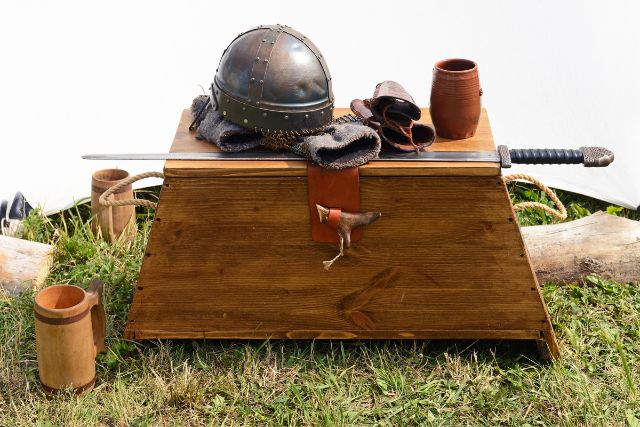

Appropriation vs. Appreciation: A Delicate Balance
The line between cultural appropriation and appreciation is delicate.
While many embrace Viking symbols with a genuine interest in Norse culture, others may use them in ways that can be seen as disrespectful or misinformed.
Misinterpretations and Misuses in Various Subcultures
Unfortunately, certain Viking symbols have been co-opted by extremist groups, leading to misinterpretations and negative associations.
This misuse distorts the symbols’ meanings and creates a challenge for those who wish to honor their true heritage.
Preserving Authenticity and Respect for Viking Heritage
Amidst the resurgence of Viking symbols, it is crucial to preserve their authenticity and respect for the culture from which they originate.
Efforts to educate and inform are key to ensuring that these symbols are used in a way that honors their history.
Educational Efforts and Scholarly Work
Academics and historians play a vital role in demystifying Viking symbols and their meanings.
Through scholarly work and public education, they strive to illuminate the authentic stories behind the symbols, fostering a deeper appreciation for Viking heritage.
Community and Cultural Initiatives
Community and cultural initiatives seek to bridge the gap between past and present, inviting engagement with Viking culture in a way that is informed and respectful.
Workshops, festivals, and exhibitions offer immersive experiences that celebrate the rich Norse legacy.
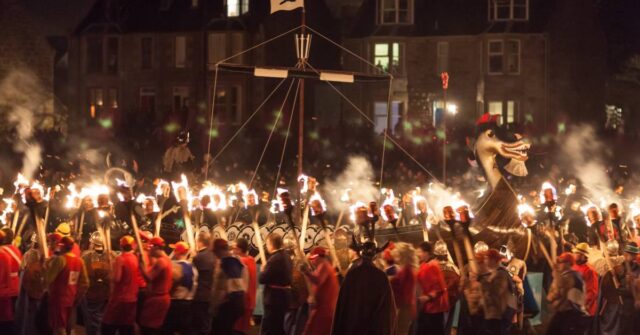

Conclusion: Embracing the Past to Enrich the Future
Embracing the past to enrich the future is a fitting tribute to the enduring legacy of Viking symbols.
As we navigate modern times, these ancient marks can serve as beacons, guiding us toward a future that acknowledges and respects the wisdom of the past.
Responsible Engagement with Viking Symbols
In our engagement with Viking symbols, it is our responsibility to use them with respect and understanding.
By doing so, we honor the ancestors who created them and ensure that their significance is not lost over time.
The Lasting Impact of Viking Culture on Modern Society
The Viking culture, though centuries old, continues to make an indelible impact on modern society.
Through a responsible and informed embrace of their symbols, we keep the spirit of the Vikings alive, allowing their legacy to continue to inspire and intrigue.

